ESD (Electrostatic discharge) 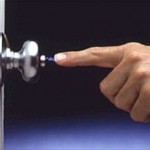
Electrostatic discharge (ESD) is the sudden and momentary electric current that flows between two objects at different electrical potentials caused by direct contact or induced by an electrostatic field.[1] The term is usually used in the electronics and other industries to describe momentary unwanted currents that may cause damage to electronic equipment.
ESD is a serious issue in solid state electronics, such as integrated circuits. Integrated circuits are made from semiconductor materials such as silicon and insulating materials such as silicon dioxide. Either of these materials can suffer permanent damage when subjected to high voltages; as a result there are now a number of antistatic devices that help prevent static build up.
Causes of ESD
One of the causes of ESD events is static electricity. Static electricity is often generated through tribocharging, the separation of electric charges that occurs when two materials are brought into contact and then separated. Examples of tribocharging include walking on a rug, rubbing plastic comb against dry hair, ascending from a fabric car seat, or removing some types of plastic packaging. In all these cases, the friction between two materials results in tribocharging, thus creating a difference of electrical potential that can lead to an ESD event.
materials are brought into contact and then separated. Examples of tribocharging include walking on a rug, rubbing plastic comb against dry hair, ascending from a fabric car seat, or removing some types of plastic packaging. In all these cases, the friction between two materials results in tribocharging, thus creating a difference of electrical potential that can lead to an ESD event.
Another cause of ESD damage is through electrostatic induction. This occurs when an electrically charged object is placed near a conductive object isolated from ground. The presence of the charged object creates an electrostatic field that causes electrical charges on the surface of the other object to redistribute. Even though the net electrostatic charge of the object has not changed, it now has regions of excess positive and negative charges. An ESD event may occur when the object comes into contact with a conductive path. For example, charged regions on the surfaces of styrofoam cups or plastic bags can induce potential on nearby ESD sensitive components via electrostatic induction and an ESD event may occur if the component is touched with a metallic tool.
Types of ESD
The most spectacular form of ESD is the spark, which occurs when a strong electric field creates an ionized conductive channel in air. This can cause minor discomfort to 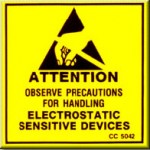 people, severe damage to electronic equipment, and fires and explosions if the air contains combustible gases or particles.
people, severe damage to electronic equipment, and fires and explosions if the air contains combustible gases or particles.
However, many ESD events occur without a visible or audible spark. A person carrying a relatively small electric charge may not feel a discharge that is sufficient to damage sensitive electronic components. Some devices may be damaged by discharges as small as 10 V. These invisible forms of ESD can cause device outright failures, or less obvious forms of degradation that may affect the long term reliability and performance of electronic devices






 materials are brought into contact and then separated. Examples of tribocharging include walking on a rug, rubbing plastic comb against dry hair, ascending from a fabric car seat, or removing some types of plastic packaging. In all these cases, the
materials are brought into contact and then separated. Examples of tribocharging include walking on a rug, rubbing plastic comb against dry hair, ascending from a fabric car seat, or removing some types of plastic packaging. In all these cases, the 





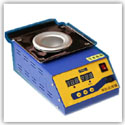
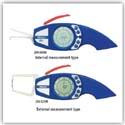
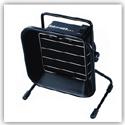
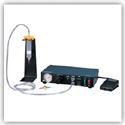
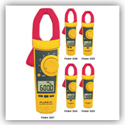
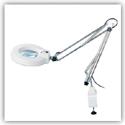
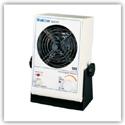
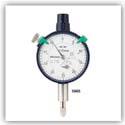
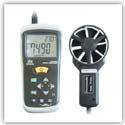
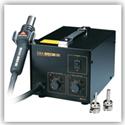
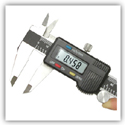
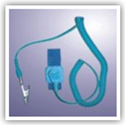
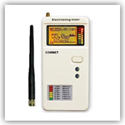
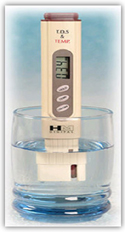
ใส่ความเห็น